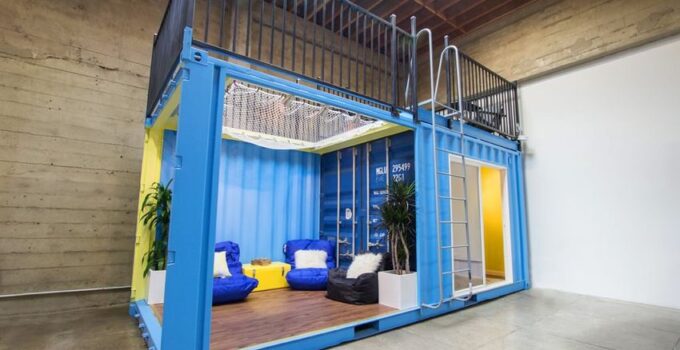Not too long ago the big trend in office design was the open office. The idea behind open office design was that it was a modern way for everyone to be equal and to share and collaborate in a transparent way. It wasn’t all bad but put into practice a lot of employers, and employees found open office design wasn’t the right fit.
There are problems ranging from the sound, and the distractions this type of design can create, to the disengagement quieter employees can feel when they’re forced to be in a constantly social environment that tends to occur in open office design.
Now that there is a move away from open office design, the newer and often better trend is flexible office design using components like new office cubicles that are modular and can be changed as needed. To get these for your office, you can click here. Your employees will be thankful.
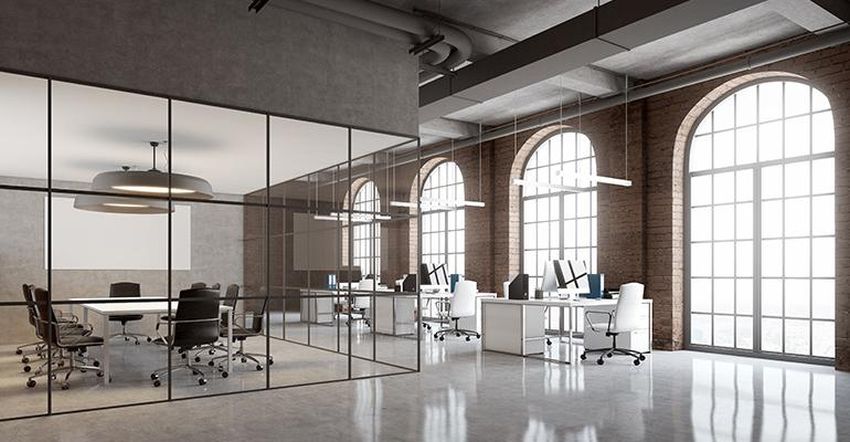
source:nreionline.com
So what should you know about the flexible office design trend and how to integrate it into your office?
Create Rules
The concepts of flexible and rules don’t necessarily go hand-in-hand in most situations, but they do when it comes to flexible office design. A lot of what you incorporate into your office design can be based on rules alone, rather than having to do a complete overhaul of your physical design.
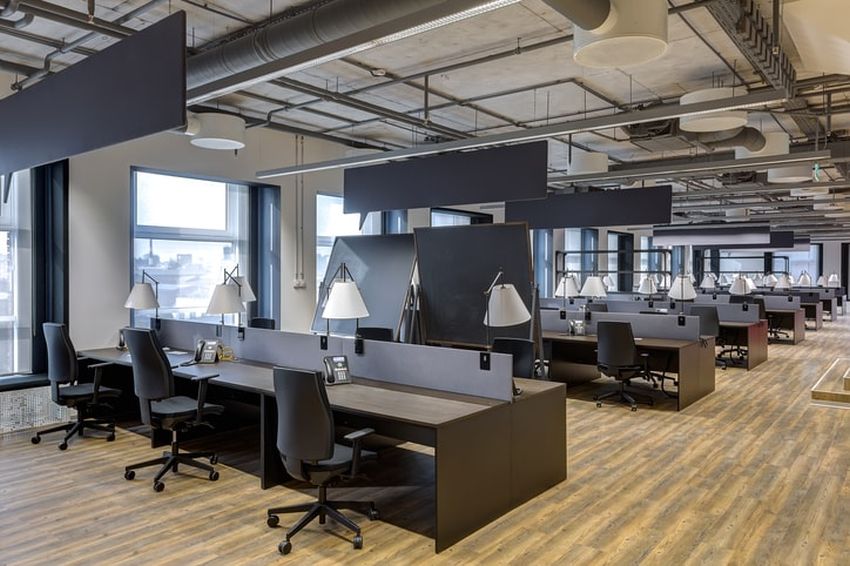
source:smallbizdaily.com
Rules in a flexible workplace might include certain designated quiet hours, as an example. This is easy and doesn’t require any money to make happen. Maybe you also set up a system for when employees can let others know that they need quiet or privacy, such as signs.
When you create these rules, make sure everyone is clear on what they are, and how to put them into action.
Setting hours where employees work on individual work can improve productivity, and yet there can still be time in the day for collaboration.
Moveable Furniture
We already touched on this a bit, but a big component of flexible office design is furniture that can easily be moved and changed. Cubicles can be a great example of this, especially when they have customizable features like doors that slide closed.
Cubicles offer a sense of not only privacy, but employees can sit or stand if they want, depending on what works best for them at any given moment. Many of the new models of cubicles can be grouped together or separately, have built-in storage, and they have varying wall heights.
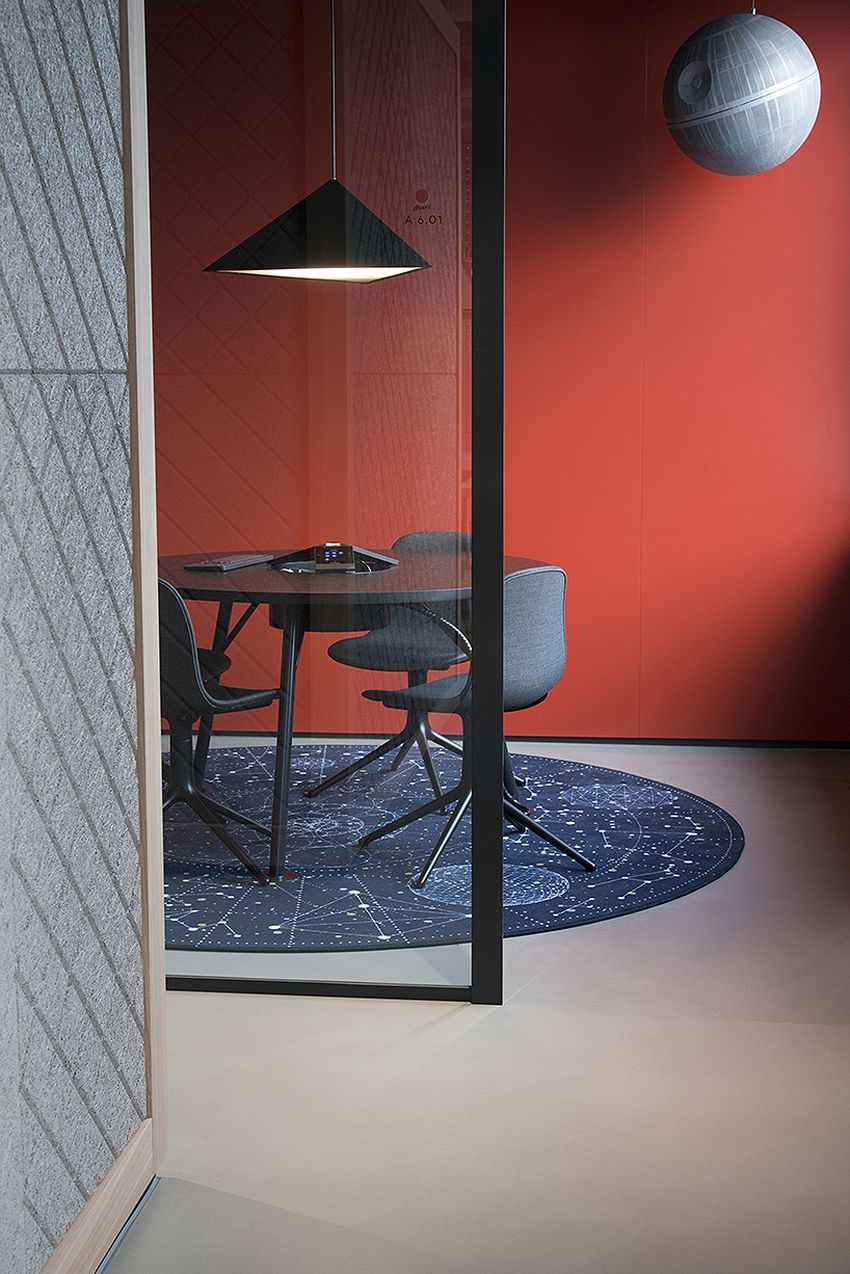
source:f2design.com
What’s great about cubicles and other similar moveable furniture is that it’s easy to make changes not only day-to-day but also larger-scale changes as the business grows or needs change.
Not just cubicles are moveable elements that are great for flexible design. Other options, such as moveable walls can be used as well.
Variety is Essential
The goal of flexible office design should be to offer choice to employees. They should be able to pick whether they want to work in a quiet zone, a completely private zone or a more energetic collaborative zone. Try to accommodate this by offering as much variety as is possible in the workplace.
Having a little something for everyone and every situation allows employees to feel autonomous and like they’re in control of how they work, which is great for engagement and satisfaction.
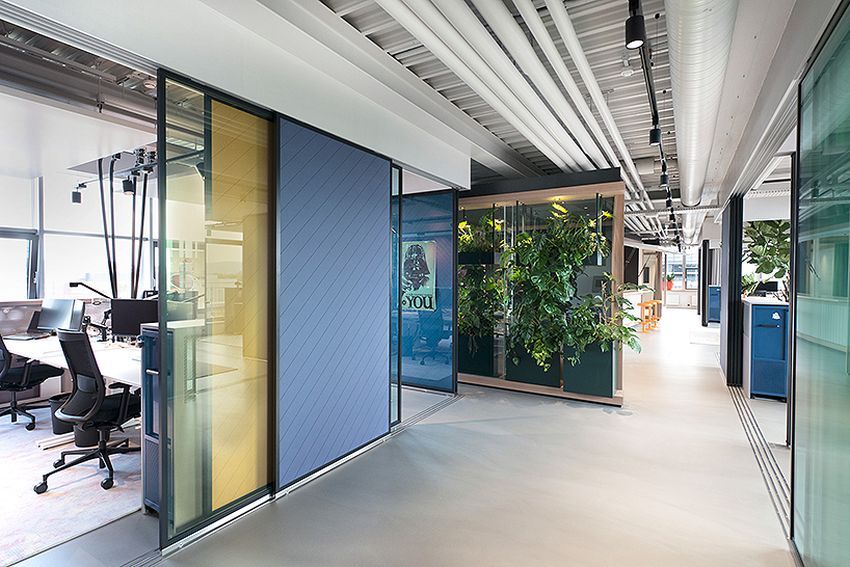
source:f2design.com
There’s a term called third places, which was coined in the 1980s by sociologist Ray Oldenburg. The idea of the third place is that these are public areas where people can talk and share, or even just relax. These are fairly neutral spaces that aren’t dedicated to any one thing, and adding these into a flexible work environment can be good as well.
When employees feel like they’re “on” all the time, they’re much more likely to experience burnout, and the third space can reduce the risk of burnout.
Finally, don’t confuse quiet spaces with private spaces. This is a mistake a lot of business owners make. A quiet space doesn’t necessarily lend itself to privacy. In a quiet space, while the noise level may be low, the employee is probably still visually connected to the rest of the office and the action going on in it.
A private space will usually block lines of sight, and space is completely dedicated to working alone and concentrating. A good mix of both is useful to have in a modern, flexible office design concept.
As an added benefit, a flexible workplace not only encourages engagement, autonomy and productivity but it also encourages employees to move around more, which is good for mental and physical health.

